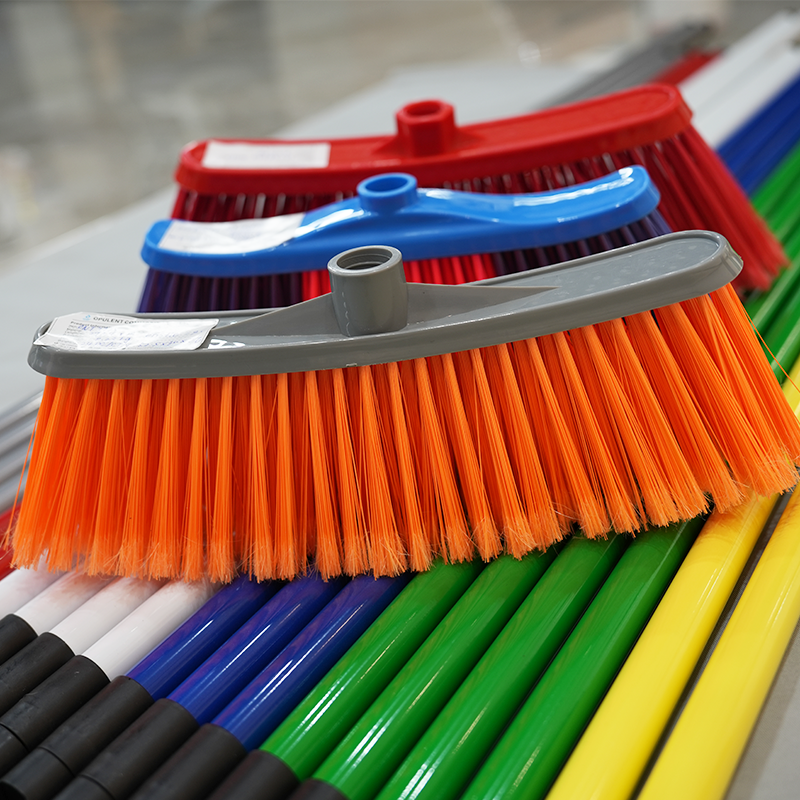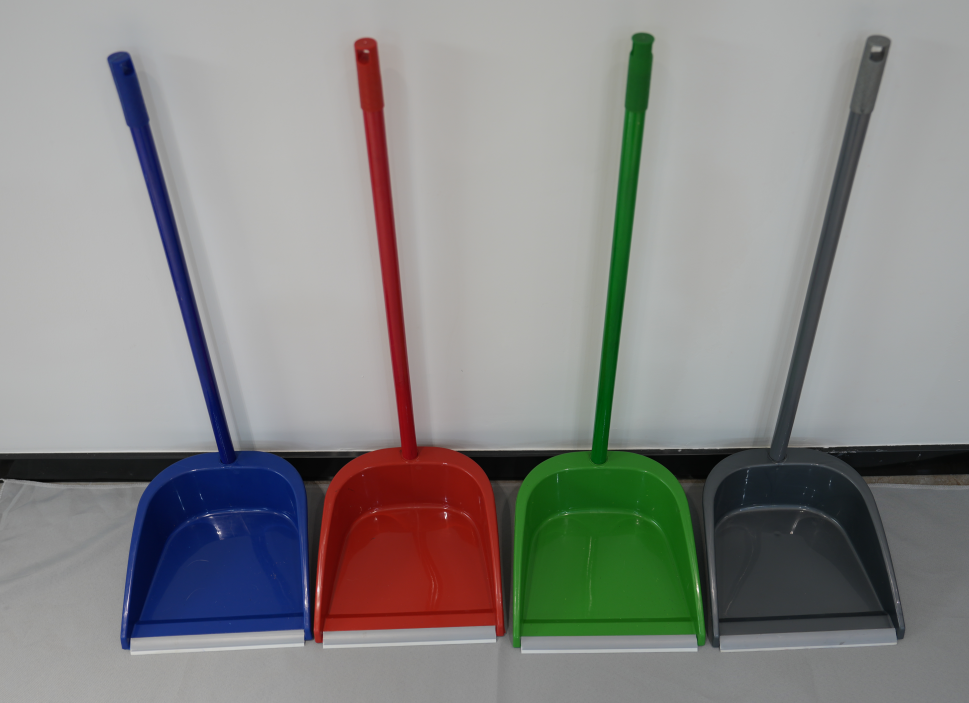Home & Cleaning Supplies Supplier
Focus On Broom Handles in:
Brooms, Brushes, Mops, Dustpans & Handles
(Jones)+86 18677117677
(Amiloong)+86 13397707797
Home & Cleaning Supplies Supplier
Focus On Broom Handles in:
Brooms, Brushes, Mops, Dustpans & Handles
(Jones)+86 18677117677
(Amiloong)+86 13397707797
PP is a lightweight and cost - effective material. It has excellent chemical resistance, making it suitable for use in various cleaning environments, especially those involving exposure to mild acids and alkalis. In broom heads and brushes, PP bristles are often used for general - purpose sweeping and scrubbing. They are relatively stiff, which provides good scrubbing power, making them great for removing dirt from rough surfaces such as outdoor pavements or garage floors. In dust pans, PP is favored for its lightweight nature, which makes it easy to handle during cleaning. However, PP bristles may not be as durable as some other materials when subjected to heavy - duty or long - term use, and they can be prone to bending or breaking over time.

PET is known for its high strength and durability. It is often used in high - quality cleaning tools. PET bristles are more flexible than PP bristles, which allows them to conform better to uneven surfaces. This makes them ideal for cleaning delicate surfaces like tiles or wooden floors without scratching them. In addition, PET has good resistance to wear and tear, meaning that brushes and broom heads made from this material can last longer. For dust pans, PET can be used to create a more sturdy and long - lasting structure. However, PET may be more expensive compared to PP, which can sometimes limit its use in budget - friendly cleaning products.
